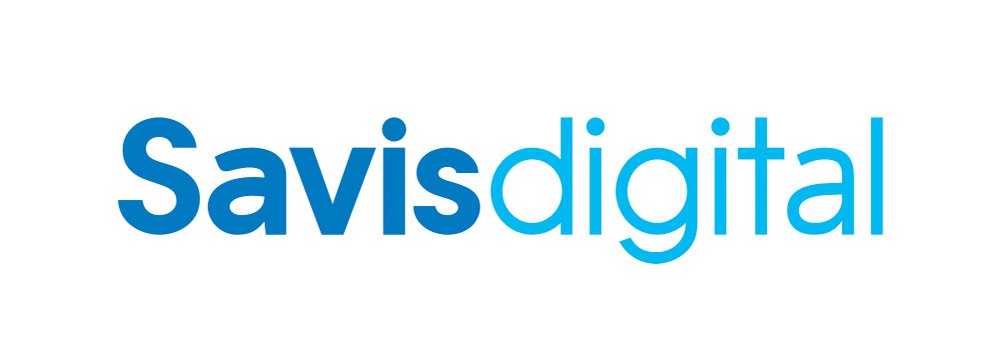INTRODUCTION
PRODUCT OVERVIEW
The Linux Foundation founded the Hyperledger project in 2015 to advance cross-industry blockchain technologies. Rather than declaring a single blockchain standard, it encourages a collaborative approach to developing blockchain technologies via a community process, with intellectual property rights that encourage open development and the adoption of key standards over time.
Hyperledger Fabric is one of the blockchain projects within Hyperledger. Like other blockchain technologies, it has a ledger, uses smart contracts, and is a system by which participants manage their transactions.
Where Hyperledger Fabric breaks from some other blockchain systems is that it is private and permissioned. Rather than an open permissionless system that allows unknown identities to participate in the network (requiring protocols like “proof of work” to validate transactions and secure the network), the members of a Hyperledger Fabric network enroll through a trusted Membership Service Provider (MSP).
Hyperledger Fabric also offers several pluggable options. Ledger data can be stored in multiple formats, consensus mechanisms can be swapped in and out, and different MSPs are supported.
Hyperledger Fabric also offers the ability to create channels, allowing a group of participants to create a separate ledger of transactions. This is an especially important option for networks where some participants might be competitors and not want every transaction they make — a special price they’re offering to some participants and not others, for example — known to every participant. If two participants form a channel, then those participants — and no others — have copies of the ledger for that channel.
Shared Ledger
Hyperledger Fabric has a ledger subsystem comprising two components: the world state and the transaction log. Each participant has a copy of the ledger to every Hyperledger Fabric network they belong to.
The world state component describes the state of the ledger at a given point in time. It’s the database of the ledger. The transaction log component records all transactions which have resulted in the current value of the world state; it’s the update history for the world state. The ledger, then, is a combination of the world state database and the transaction log history.
The ledger has a replaceable data store for the world state. By default, this is a LevelDB key-value store database. The transaction log does not need to be pluggable. It simply records the before and after values of the ledger database being used by the blockchain network.

Smart Contracts
Hyperledger Fabric smart contracts are written in chaincode and are invoked by an application external to the blockchain when that application needs to interact with the ledger. In most cases, chaincode interacts only with the database component of the ledger, the world state (querying it, for example), and not the transaction log.
Chaincode can be implemented in several programming languages. Currently, Go, Node.js, and Java chaincode are supported.
Privacy
Depending on the needs of a network, participants in a Business-to-Business (B2B) network might be extremely sensitive about how much information they share. For other networks, privacy will not be a top concern.
Hyperledger Fabric supports networks where privacy (using channels) is a key operational requirement as well as networks that are comparatively open.
Consensus
Although only Qualified Trust Service Providers (QTSPs) offering Qualified Services are obligated to operate a certified solution, we bring one within reach of many more TSPs and other organizations. Now anyone with a need for Remote Signing can build highly secure and convenient services based on our TRIDENT RSS.
